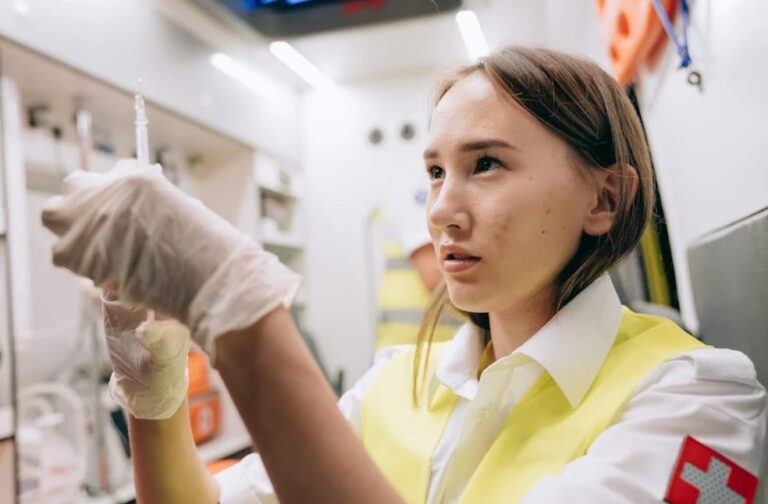London: The UK government has launched a $609.6 million (£450 million) plan to treat patients outside A&E in a bid to ease hospital overcrowding and improve emergency care.
The initiative, led by Health Secretary Wes Streeting, is part of a broader effort to improve urgent and emergency care, especially ahead of another potentially difficult winter for the NHS. Streeting highlighted that around one in five people reaching at A&E do not have a physical health emergency, often turning to emergency departments because they cannot access timely GP appointments. He pointed out the financial inefficiency, noting that a GP appointment costs the NHS approximately $54 (£40), compared to around $541 (£400) for an A&E visit.
The plan includes the creation of 40 new same-day emergency care units and urgent treatment centres designed to assess and discharge patients on the same day without requiring hospital admission. It also involves the rollout of 15 additional hospital-based mental health crisis assessment centres, intended to offer rapid support for people with psychological or psychiatric needs and reduce the number of such cases turning up in A&E. In addition, 500 new ambulances will be deployed to improve emergency response times.

There will also be greater use of community response teams and hospital at home style virtual wards, allowing paramedics and clinicians to treat more patients at home or on-site at the location of incidents, avoiding unnecessary hospital visits.
Although an earlier draft of the plan pledged to eliminate corridor care, that promise has been dropped from the final version. NHS England Chief Executive Sir Jim Mackey said the focus will be on releasing patients from corridors, keeping more ambulances in service, and ensuring people ready to leave hospital are discharged as soon as possible.
Currently, around 141,000 people a day seek urgent and emergency care in England, almost double the number seen in 2010-11. Over the same period, ambulance callouts have risen by 61 percent, adding significant pressure to frontline services.
The Department of Health and Social Care expressed confidence that the reforms will result in a significantly better winter than in recent years. However, some medical professionals and political voices have raised concerns.
Dr. Adrian Boyle, president of the Royal College of Emergency Medicine, welcomed the plan’s responsibility to publish performance data from all A&E departments but criticised the lack of a firm commitment to ending 12-hour waits in emergency care.
The Liberal Democrats also welcomed Labour’s goal to reduce corridor care but warned that delays in tackling the social care crisis could hinder progress. Helen Morgan, the party’s health spokesperson, cautioned that the crisis in A&E will continue if action on social care remains slow.
While ministers have commissioned a review of adult social care led by Baroness Louise Casey, critics have expressed concern that it will not report until 2028, leaving a major gap in the government’s health reform timeline.



